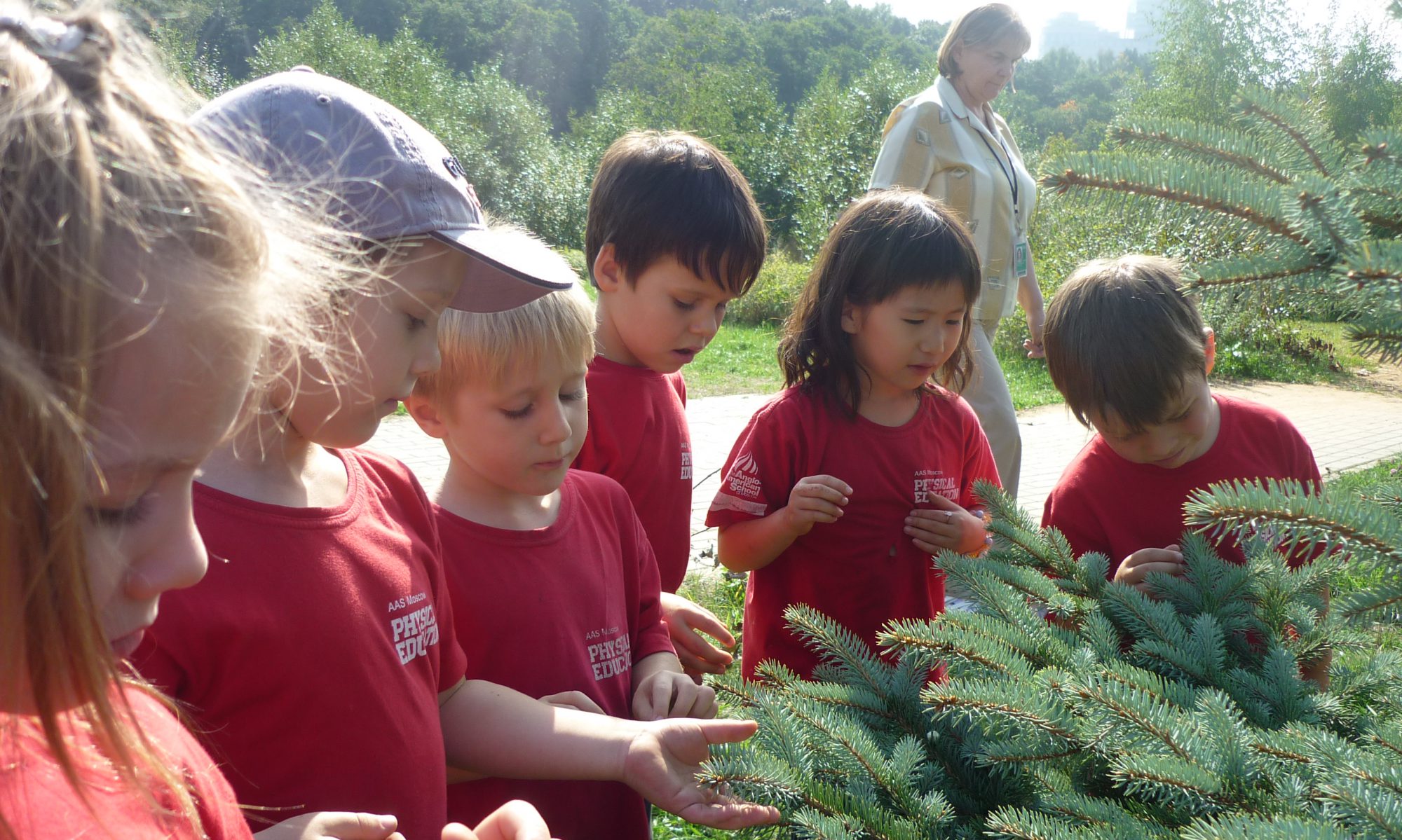 Yesterday, Nick noticed something about the book “What the Sun Sees.” By Nancy Tafuri – the back cover was upside down. He told Mrs. Zurfluh about it. Mrs. Zurfluh asked: “What do you think about that? I wondered WHY?”
Yesterday, Nick noticed something about the book “What the Sun Sees.” By Nancy Tafuri – the back cover was upside down. He told Mrs. Zurfluh about it. Mrs. Zurfluh asked: “What do you think about that? I wondered WHY?”
Some students said: “the author made a mistake.” Some said: “No, it is not a mistake.”
So we decided to read the book and try to figure out why. After reading, students had a conversation about the book and all agreed that it is not a mistake. The author put two books in this book: the first part is “What the Sun Sees.” The second part is “What the Moon See.” This book is similar to the book we read last week which the author put three books into one book. KZE students shared their noticing and thinking about the book:
Alexandra – “When the sun is shining on this side of the earth, the moon is shining on the other side of the world.”
Safir – “Day and night has something to do with the way the earth moves.”
Nick – “There are two stories in this book. One is about the sun and one is about the moon. The way the book can be flipped over shows the difference between day and night.”
Mali – “At night the sun shines on the other side of the world. The sun and the moon sees some of the same places in the book.”
Veronika – “The moon sees that the owl is not sleeping. The moon sees places when they are quite. The sun see places when they are noisy.”
Julia – “Sometimes it is daytime in one place but night time in another place.”
Altai – “The earth spins. The moon and the sun are part of the cycle system.”
Tomasz – “The owl sleeps during the day – he is nocturnal.”
Amie – “The rabbit comes out at night and the lamb comes out in the morning. The sun does not move. The earth goes around the sun very slowly. It starts in the winter in January and finishes in next spring. And it starts again and again.”
Some students disagreed with Amie’s thinking.
Ada – “There is a pattern in the book. It changes from what the sun sees to what the moon sees.”
Gabi – “The sun sees the playground when it is busy during the day time and the moon sees the playground when it is quiet at night. The earth is turning around so we have day and night.”
Alex – “When the sun is out people are playing and when the moon is out people are sleeping. The earth moves and the moon and sun are part of a cycle.”
This is one of many examples that KZE students take advantage of the spontaneous learning opportunities. WAY TO GO, KZE learners!!!
